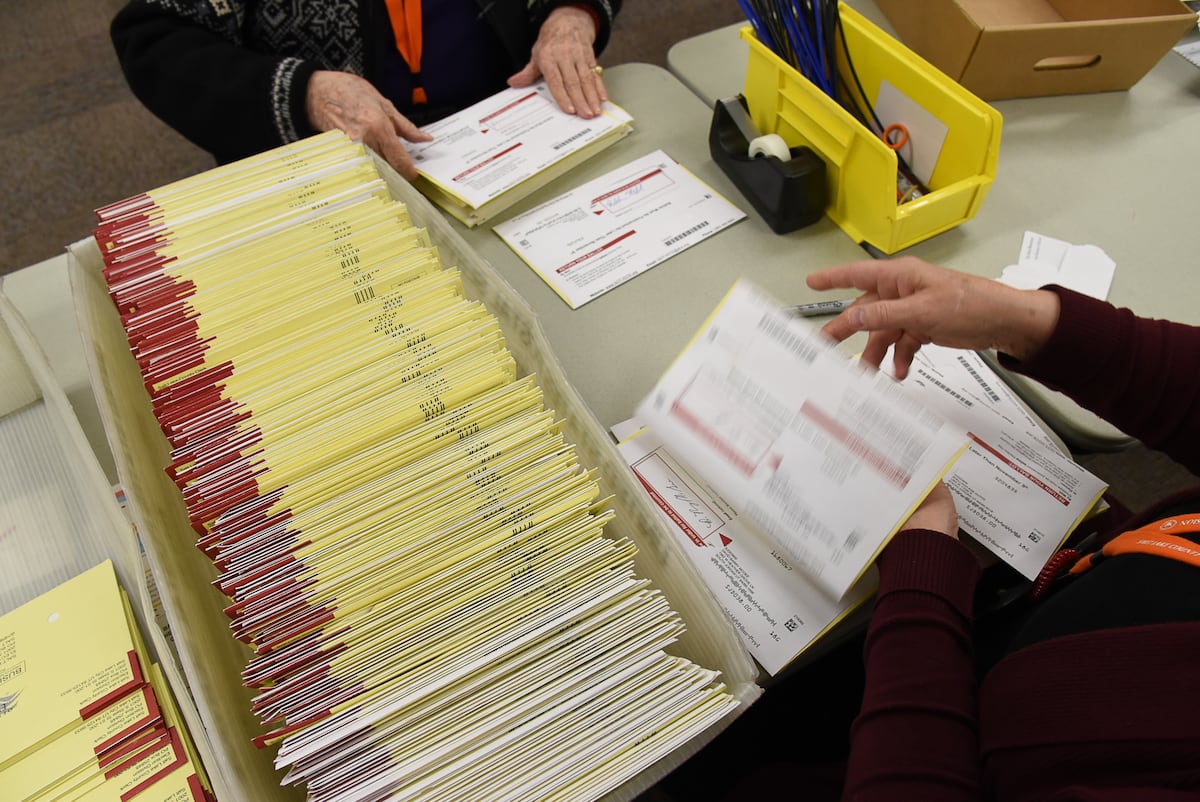JimBowie1958
Old Fogey
- Sep 25, 2011
- 63,590
- 16,828
- 2,220
I think this is an interesting idea, sort of a puzzle kind of thing.
Andrew Yang suggested a block chain scheme for voting, but that penalizes those without internet access, so it wouldnt be Constitutional on those grounds, I think.
So I got my wife to spitball some ideas and here is what we came up with:
1) Because of the problem with ballot printing/forgery vulnerabilities the ballot would have to be requested by a resident of the state or municipality to show that they are a real voter. They would also list any adult residents that might live at the same address. Any application that has more than 6 adults living there would flag the ballot request for a phone follow up by the mail-in poll worker.
2) The information would be used to generate a seven digit confirmation code that would be sent either by registered mail or by email, but separate from the ballot itself.
3) When the ballot arrives, the fields are filled in on a bubble scan sheet with a blue impression carbon copy with it. The voter keeps the carbon copy. The voter also enters their confirmation code with the ballot.
4) At the precinct mail-in voting center, the confirmation code is checked as well as the count of ballots from that address. Screening is done well before vote day.
5) if there are any questions about the vote, the voter is contacted and asked to refill a second ballot with the same information, but a new confirmation code is sent.
I dont see how this can be subject to fraud or counterfeiting if the workers are honest and diligent.
Andrew Yang suggested a block chain scheme for voting, but that penalizes those without internet access, so it wouldnt be Constitutional on those grounds, I think.
So I got my wife to spitball some ideas and here is what we came up with:
1) Because of the problem with ballot printing/forgery vulnerabilities the ballot would have to be requested by a resident of the state or municipality to show that they are a real voter. They would also list any adult residents that might live at the same address. Any application that has more than 6 adults living there would flag the ballot request for a phone follow up by the mail-in poll worker.
2) The information would be used to generate a seven digit confirmation code that would be sent either by registered mail or by email, but separate from the ballot itself.
3) When the ballot arrives, the fields are filled in on a bubble scan sheet with a blue impression carbon copy with it. The voter keeps the carbon copy. The voter also enters their confirmation code with the ballot.
4) At the precinct mail-in voting center, the confirmation code is checked as well as the count of ballots from that address. Screening is done well before vote day.
5) if there are any questions about the vote, the voter is contacted and asked to refill a second ballot with the same information, but a new confirmation code is sent.
I dont see how this can be subject to fraud or counterfeiting if the workers are honest and diligent.
